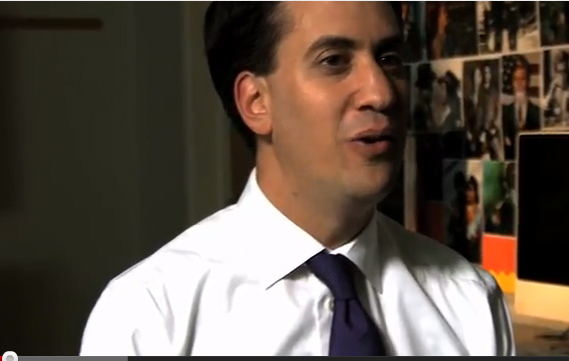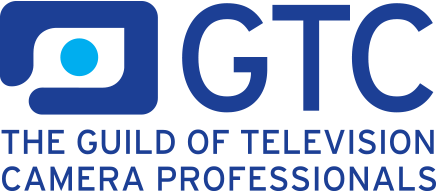Coming Up

-
CVP: Upcoming Courses
30 Apr 24 @ CVP: Various

-
MPTS 2024
15-16/05/2024 @ Olympia, London

-
KitPlus Show
18 Jun 24 @ SEC, Glasgow

Sponsor News
Labour Party Political Broadcast: a question of style?
 As the Chairman of The Guild of Television Cameramen (GTC) and a professional Director of Photography/ Lighting Cameraman for more than 40 years, I was appalled when watching – or trying to watch – the Labour Party Political Broadcast transmitted on 3 October (see http://www.youtube.com/watch?v=LJEwnCgVsAc).
As the Chairman of The Guild of Television Cameramen (GTC) and a professional Director of Photography/ Lighting Cameraman for more than 40 years, I was appalled when watching – or trying to watch – the Labour Party Political Broadcast transmitted on 3 October (see http://www.youtube.com/watch?v=LJEwnCgVsAc).
The subliminal effect on the electorate of the style of filming adopted for Ed Miliband's message must surely have been completely opposite to that intended as it successfully managed to make him come across as untrustworthy and shifty. Since politicians want above all else to be perceived as straight-talking, honest – the 'guy next door' – why on earth would the programme-makers go out of their way to totally distract from what Mr Miliband was saying in this broadcast? Only the day before, he had made an off-the-cuff speech that many political commentators suggested was his finest to date. Surely the broadcast should have been designed to build on that achievement?
In fact, Mr Miliband's words in the Party Political Broadcast may well have come over as sincere… but the message was completely swamped by the appalling distraction of the gratuitous camera movement. I really cannot think of anything positive to say about the filming of this broadcast. The direction was abysmal. The camerawork appeared abysmal. The lighting was abysmal.
If indeed a director was employed for this job, you can’t blame the poor cameraman. As cameramen we have all worked with the screwball director who thinks it's trendy to spray the camera around for all the wrong reasons. And in these circumstances, the cameraman, unless experienced and confident enough to challenge the mad, over-the-top camera moves that annoy viewers so much, will inevitably end up party to travesties such as this. Our business is hierarchal, the director has the final say even if he/she is inexperienced. This may be fine in feature films, but the term ‘director’ in certain parts of television programme-making is basically an abuse of the title.
This was a political leader trying to get across a message, presumably an important one. It's a ‘talking head,’ not a pop video or Formula 1! There's nothing wrong with talking heads – they are very important in television – and what is particularly crucial is what they say. We should be allowed to use our craft skills to set the right style and use good lighting technique to make the images visually complementary, the main aim being to enhance rather than dilute the message.
Keith Massey
Chair of the Guild of Television Cameramen
Where to next?
Coming Up

-
CVP: Upcoming Courses
30 Apr 24 @ CVP: Various

-
MPTS 2024
15-16/05/2024 @ Olympia, London

-
KitPlus Show
18 Jun 24 @ SEC, Glasgow

Sponsor News
GTC on Facebook
.jpg)















